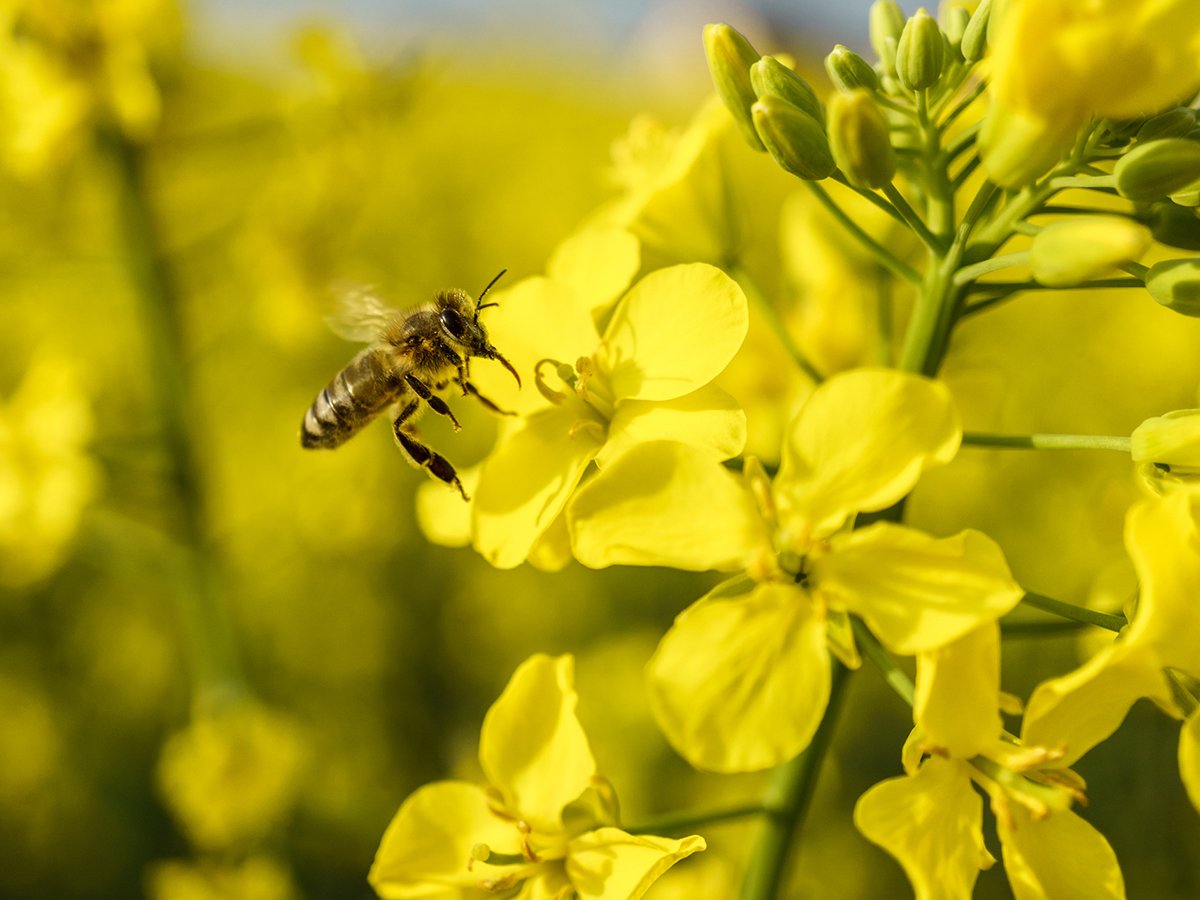It is estimated that up to 10 percent of Holstein cows in the United States are carriers of complex vertebral malformation, or CVM.
In Canada, the number of cows carrying the gene for CVM is lower, maybe because producers here haven’t used afflicted bulls as vigorously as their neighbours to the south.
The high incidence of this disease is linked directly to the extensive use of a CVM carrier bull – 7543 Carlin-M Ivanhoe Bell.
Ivanhoe has sired many daughters with excellent performance traits and also sons that have sired their own daughters with desirable production characteristics. Unfortunately, many of these offspring are carriers of the CVM gene. If we assume that 10 percent of cows carry the CVM gene, a 200-cow herd would produce one CVM-affected calf per year.
Read Also

Invigor Gold variety viewed as threat to condiment mustard
Invigor Gold, the canola-quality mustard developed by BASF, is on a collision course with Canada’s condiment mustard industry. It’s difficult to see how the two can co-exist.
CVM is a recessive trait, which means that a calf has to inherit a CVM gene from both its dam and sire to be afflicted.
Based on the law of genetics, when two animals that carry a recessive gene mate, a quarter of their calves get the disease. The other three quarters appear normal. The problem is that half of them are healthy looking carriers, able to pass on the gene.
About two-thirds of fetuses affected with CVM die during gestation. Though abortions can occur at any time, the majority happen one to three weeks before the end of gestation. The other third are carried to term but are stillborn.
The hallmark of CVM is the presence of fused or misshapen vertebrae, coupled with contracted joints and reduced body size. Because spinal defects can be caused by other congenital conditions, it may be difficult to say with certainty that a calf has CVM. An X-ray of the spine can confirm the diagnosis.
CVM has been around for a long time, but the lethal genetic defect that causes it was only identified in October 2000. Shortly after that, Danish veterinarians identified the gene that causes it. It then took only a few months to develop a commercial DNA test to identify CVM carriers.
Because artificial insemination centres can now test bulls for CVM, producers are able to select bulls that are clear of the gene.
Cows need not be tested if all carrier bulls are identified. Whenever a cow, whether a carrier or not, is bred to a CVM-negative bull, the calf will not have the disease, although it could be a carrier. Problem matings can also be avoided by analyzing the cow’s pedigree, looking for CVM carriers in her ancestry. If any are found, the cow shouldn’t be mated with CVM carrier bulls.
Though it may seem logical to just stop using carrier bulls, this can be expensive. Carrier bulls may have many desirable genes that will boost herd production, so excluding them from breeding programs can lower production and result in financial losses.
CVM has become a significant disease only because it has been perpetuated by high-profile bulls. By understanding how this defective gene is passed along, producers can avoid losses.
Over the coming years, aggressive testing and culling of AI bulls will minimize the incidence of this lethal condition.
Jeff Grognet is a veterinarian and writer practising in Qualicum Beach, B.C.














